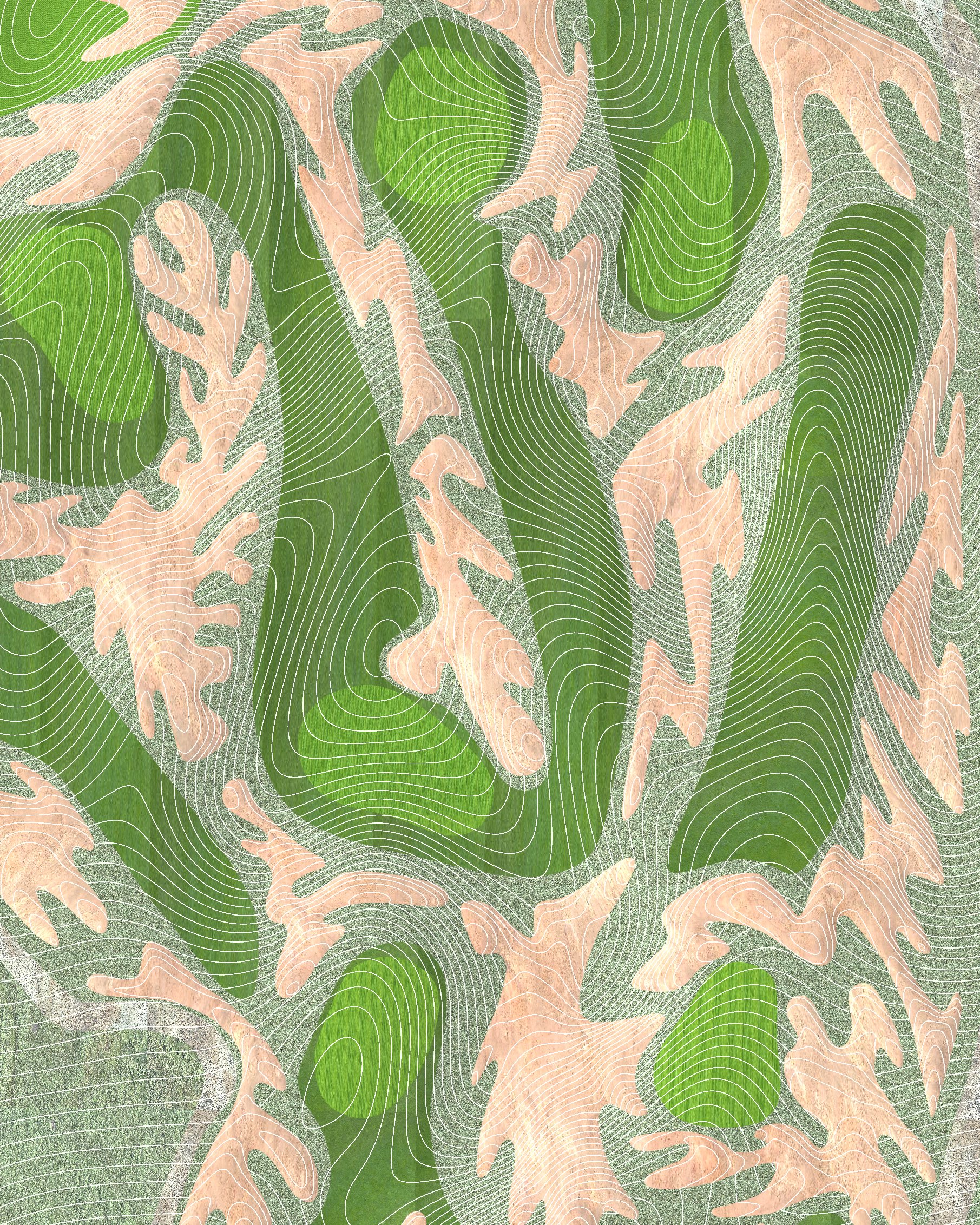Until recently, golf enjoyed a period of steady change. This steady-state was enabled by golf’s barrier to entry: the inordinate hours of costly lessons, the expensive equipment, the requisite leisure time, and high membership fees. The exclusive nature of the game pretty much ensured that the game would be reserved for the elite. At this time however, this steady-state is being eroded—because post-pandemic golf faces a host of macro headwinds—and these headwinds require the game to rapidly adapt. Survival will be attained only by the fittest.
In the coming years, the golf course, one of the most important facets of the game—will undoubtedly undergo massive change. Long held assumptions about what does/doesn’t work for course design will need to be challenged; traditional design typologies will need to be re-imagined or completely overhauled. Surely, there will be a handful of courses that will ratchet up their exclusivity—and do whatever possible to remain unchanged—but this strategy is not viable for most. The headwinds are pushing the 9-hole course to dominate; the days of 18-hole golf seem to be numbered. We used the compact 9-hole public golf course—The Hay at Pebble Beach—to showcase how rapid prototyping can light the way for course design.
Read my blog post on Topography here.
Rapid Prototyping
-
Resiliency
Prototype a climate-adapted course. Develop novel patterns that work in a changing climate.

-
Resiliency
Find the sweet spot between design, revenue, and income.

-
Earth Moving
Use topography as substitute for “green” turf—model it and preview the experience.

-
Design Efficiency
Visualize the course—hole by hole.

-
Playability
Test the effectiveness of topography and surface material.

-
Playability
Test the effectiveness of topography and surface material.

-
Fine Grading
Use rough grading to inform fine grading—most of the time.

-
Sustainable Hydrology
Design the course to optimally shed water.

-
Solar Advantage
Attain the sweet spot.
